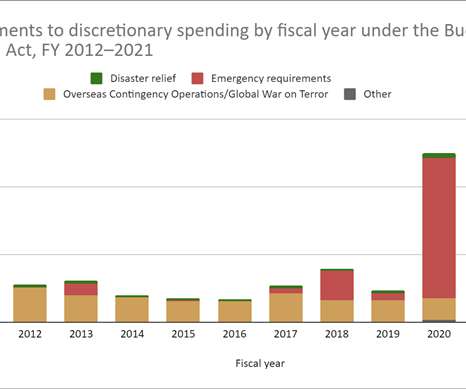A Better Understanding of NFPA 70E: Part I – Comparing Four Decades of Electrical Injuries and Fatalities
National Fire Protection Association
MAY 8, 2023
To assist all employers in reducing, if not eliminating, workplace electrical injuries and fatalities, I decided to investigate how far electrical safety has progressed over the last 40 years. Information from the Bureau of Labor Statistics (BLS) database has been used for 1980, 1990, 2000, 2010, and 2020.














Let's personalize your content